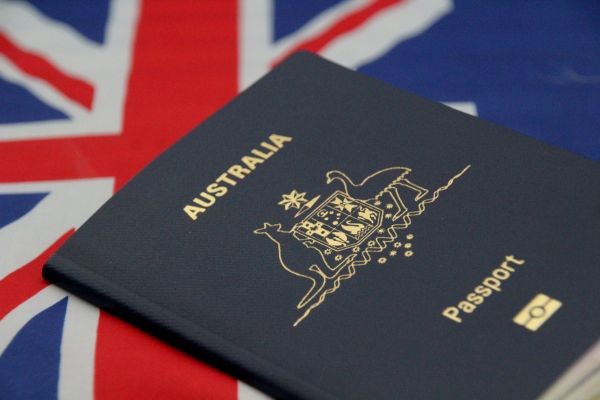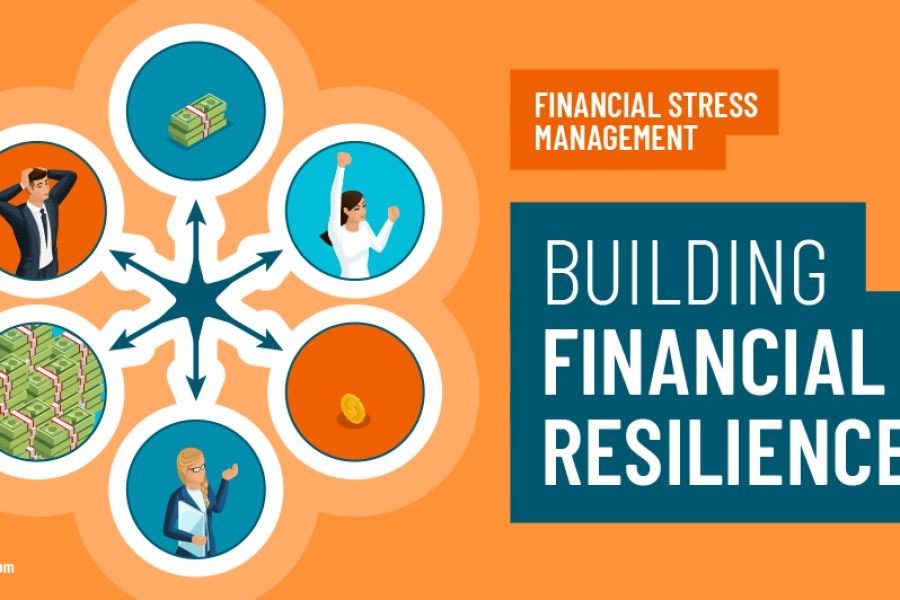In Australia, where sports are a national passion, the financial struggles faced by high-risk sports athletes are often overlooked. Despite the glamour associated with being a professional athlete, many find themselves in precarious financial situations. This article delves into the reasons behind these financial struggles, providing expert insights and real-world examples to offer a comprehensive understanding of the issue.
Understanding the Financial Risks for High-Risk Sports Athletes
High-risk sports, such as extreme surfing, motocross, and boxing, inherently come with significant risks, not just to physical health but also to financial stability. According to the Australian Bureau of Statistics (ABS), the sports industry contributes approximately 1% to the national GDP, yet many athletes in high-risk sports struggle to secure financial stability. This disparity is influenced by several factors.
Irregular Income Streams
Unlike traditional employment, athletes often rely on prize money, sponsorships, and endorsements for income, which can be inconsistent. A single injury can wipe out months of potential earnings. The lack of regular income makes financial planning challenging, often resulting in athletes living paycheck to paycheck.
Lack of Financial Literacy
Many athletes enter the professional arena at a young age with little to no financial education. This lack of financial literacy can lead to poor investment decisions and mismanagement of funds. A study by the Australian Securities and Investments Commission (ASIC) found that only 40% of young Australians have basic financial literacy, highlighting a significant gap in education that affects athletes.
Cost of Training and Equipment
High-risk sports often require substantial investment in training, equipment, and travel. For example, a professional surfer may spend tens of thousands of dollars annually on gear and travel to competitions. These costs can quickly deplete savings, leaving little room for unexpected expenses.
Case Study: The Financial Journey of an Australian Surfer
Case Study: Mark's Struggle with Financial Stability
Problem:
Mark, a professional surfer from Australia, faced significant financial challenges despite his early success. The fluctuating nature of competition earnings and lack of a financial safety net left him vulnerable.
Action:
To address this, Mark sought financial advice and began diversifying his income streams through coaching and leveraging social media platforms for brand partnerships. He also invested in financial literacy courses to better manage his earnings.
Result:
Within a year, Mark saw a substantial improvement:
✅ Income stabilization through coaching increased by 25%
✅ Sponsorship deals grew by 30% thanks to improved social media presence
✅ Savings increased, providing a buffer for future uncertainties
Takeaway:
This case study highlights the importance of diversification and financial education for athletes. By expanding income sources and improving financial literacy, athletes can achieve greater financial stability.
Common Myths About Athletes’ Financial Stability
- Myth: Athletes are always financially secure. Reality: Many athletes face financial instability due to irregular income and lack of financial planning. The ABS reports that only a small percentage of athletes achieve long-term financial security.
- Myth: Sponsorships cover all expenses. Reality: Sponsorships are often performance-based and can be withdrawn at any time, leaving athletes financially exposed.
Future Trends and Predictions
Looking ahead, the financial landscape for high-risk sports athletes in Australia could see significant changes. As awareness grows about the financial challenges athletes face, there is a push for better financial education and support systems. The Australian Institute of Sport has initiated programs aimed at improving athletes' financial literacy and career transition planning.
By 2028, it is predicted that technology-driven platforms will offer more personalized financial management tools for athletes, enabling them to make informed decisions and secure their financial future.
Conclusion and Call to Action
Understanding the financial challenges faced by high-risk sports athletes is crucial for developing better support systems. By addressing income irregularities, improving financial literacy, and diversifying income streams, athletes can achieve greater financial stability. If you're an athlete or involved in the sports industry, consider seeking financial education and diversifying your income sources to ensure a secure future.
What's your take on the financial challenges faced by high-risk sports athletes in Australia? Share your insights below!
People Also Ask
- How does the Australian economy impact athletes? The fluctuating economy can affect sponsorship availability and prize money, impacting athletes' financial stability.
- What are the biggest misconceptions about athletes' finances? Many believe athletes are always financially secure, but irregular income and high expenses can lead to instability.
Related Search Queries
- Financial struggles of athletes
- High-risk sports in Australia
- Athlete financial planning
- Sponsorship challenges for athletes
- Income diversification for sports professionals






























